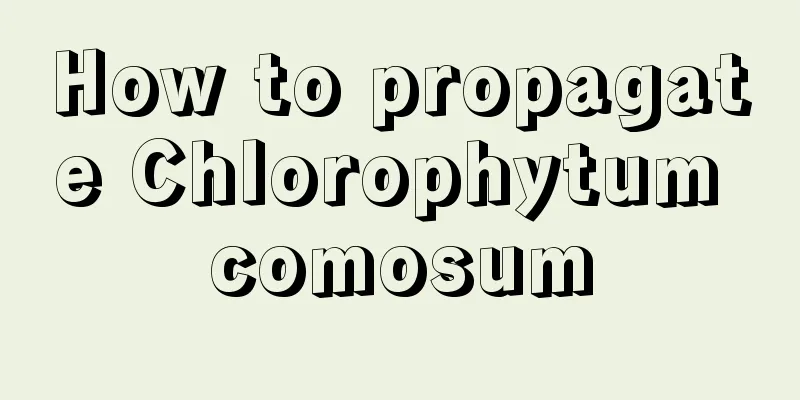What fertilizers are suitable for garlic? Four kinds of fertilizers are suitable for growing garlic with high yield and large garlic heads.

|
Garlic is a fertilizer-loving plant and needs to be fertilized in time during its growth period, but it also needs to be fertilized according to the fertilizer requirements of garlic growth, so that the effect of the fertilizer can be best exerted. Fertilizer for garlic1. Chicken and duck manure, cake fertilizer Garlic can use chicken and duck manure, compost, cake fertilizer, etc. as base fertilizer. These fertilizers are rich in nutrients, have long fertilizer effects and great effects. They can improve soil fertility and biological activity. The applied base fertilizer must be fully decomposed. Incompletely decomposed organic fertilizers will burn the roots and affect the normal growth of garlic. 2. Organic fertilizer Organic fertilizers contain relatively comprehensive nutrients and play an irreplaceable role in the cultivation and growth of garlic. They are beneficial to the development and formation of bulbs, and can also increase the looseness and air permeability of the soil, creating a good soil environment for root growth and bulb expansion. 3. Fertilizer Garlic is a sulfur-loving crop, so the nitrogen fertilizer and potassium fertilizer used as base fertilizer or topdressing should be mainly sulfuric acid type compound fertilizer. Try to avoid chlorine-containing fertilizers that will have adverse effects on garlic quality. High-nitrogen compound fertilizers and high-nitrogen and high-potassium compound fertilizers can be applied during the growth period, which play a vital role in garlic yields. 4. Foliar fertilizer Foliar fertilizer plays a nutritional supplement role in the growth of garlic. It is generally applied in the middle and late stages of growth, especially in some sandy soils. In the middle and late stages of growth, it is often prone to nutrient deficiency due to insufficient nutrient supply, thus affecting the formation of yield. Foliar fertilizer can effectively alleviate this problem. Key points for fertilizing garlicWhen planting garlic, you need to apply base fertilizer in the soil to make the soil more nutrient-rich. About two weeks after the garlic sprouts, you need to apply a thin layer of fertilizer to encourage it to take root quickly. Then, during the growth period of garlic, you need to apply some compound fertilizer containing phosphorus, potassium and nitrogen. |
<<: Precautions for transplanting jasmine. Methods and techniques for growing jasmine in pots
Recommend
What to do if the leaves of spiderwort become dry
Too much watering Net-veined grass is a plant tha...
Apply some of it on the roots of Clivia, and a group of orchids will fill the pot. The flowers are amazing!
Cut off the heads of wilted Clivia and turn them ...
What water to use for watering green radish
1. Rice washing water Rice washing water contains...
Where does passion fruit grow? Where does it usually grow?
Where does passion fruit like to grow? Passion fr...
What are the varieties of sunflowers?
Introduction Chinese name: Portulaca oleracea Oth...
How to fertilize balcony vegetables
1. Fertilization method 1. Before applying fertil...
When and how to plant chrysanthemum
Planting time of chrysanthemum Chinese cabbage is...
How to grow prunes
Planting steps Garden Construction Before plantin...
The Complete Book of Plant Poisons: You Must Know
1. Plants containing glycosides 1. Oleander: an e...
Apple Growing Conditions and Characteristics
Apple Growing Conditions Apples are suitable for ...
Difference Between Clover and Oxalis
1. Different plant types Trifolium, also known as...
Can climbing roses be planted in pots?
Can climbing roses be planted in pots? Climbing r...
What fertilizer should be applied to passion fruit to produce more fruits?
1. What fertilizer to apply If you want passion f...
How to make the Staghorn Begonia bloom
environment Staghorn begonia prefers a dry climat...
Advantages and disadvantages of red apple roses Characteristics and cultivation methods of red rose apples
Red Apple Rose is a miniature variety from Japan,...









